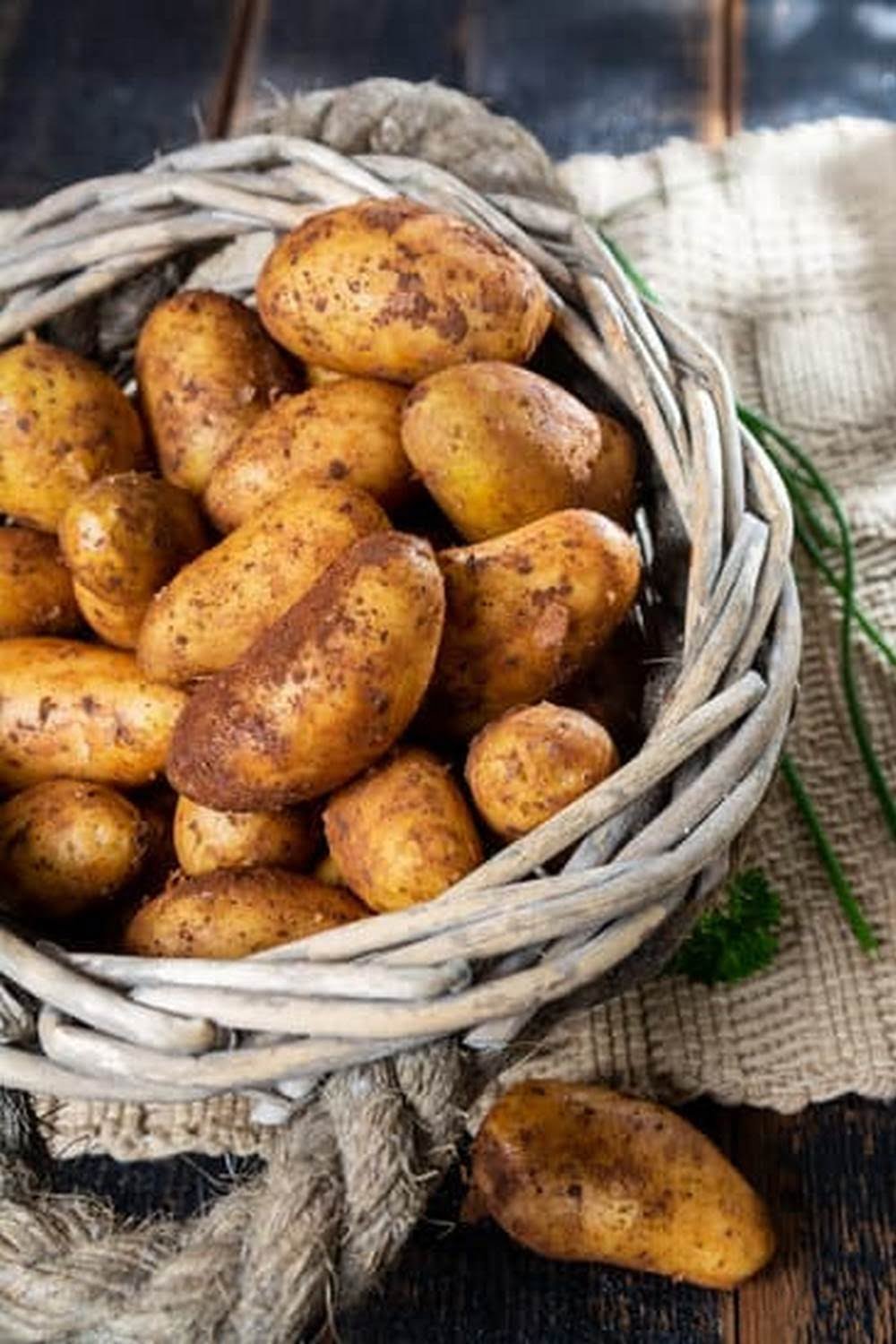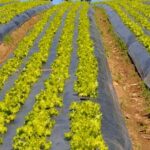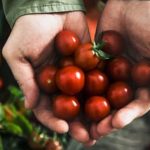Best Place To Plant A Vegetable Garden
It can be a little overwhelming when you are first starting out to try and figure out where to plant your vegetable garden. Do you put it in your front yard where everyone can see it or do you put it in the back yard where you have to trek through the jungle to get to it
Here are a few things to consider when deciding where to plant your vegetable garden:
-Sunlight: Vegetables need at least 6 hours of sunlight a day. If you don’t have a spot in your yard that gets direct sunlight for at least 6 hours, you will need to find a sunny spot or you can try growing vegetables in containers.
-Soil: Vegetables need rich, fertile soil in order to grow properly. If your soil is not fertile, you can add compost or manure to make it more hospitable for vegetables.
-Space: Some vegetables, like cucumbers and squash, need a lot of space to grow. If you are limited on space, you may want to choose vegetables that don’t take up a lot of room.
-Accessibility: It’s important to choose a spot for your vegetable garden that is easy to get to. If you have to trek through the jungle to get to your garden, you’re less likely to spend time weeding and watering it.
So, where should you plant your vegetable garden
If you have a spot in your yard that gets direct sunlight for at least 6 hours and the soil is fertile, that’s a great place to start. If not, you can try growing vegetables in containers. Just make sure the containers get at least 6 hours of sunlight a day.
Best Plants For Raised Vegetable Garden
When you are planning your vegetable garden, you may be wondering what type of plants will grow best in a raised bed. There are a few things to consider when choosing plants for your raised bed garden.
The soil in a raised bed is typically looser and more nutrient-rich than the soil in a traditional garden. This means that you can grow plants that require more soil moisture or nutrients, such as tomatoes, peppers, and cucumbers.
Some plants that do well in a raised bed garden are:
Tomatoes
Peppers
Zucchini
Cucumbers
Squash
Beans
Lettuce
Herbs
When choosing plants for your raised bed garden, be sure to consider the size of the bed and the amount of sunlight it receives. Some plants, such as tomatoes and peppers, need lots of sunlight, while others, such as lettuce, can grow in shadier areas.
If you are unsure which plants will grow best in your raised bed garden, consult with your local garden center or nursery. They will be able to recommend plants that are best suited for your climate and soil type.
Garden Vegetables To Plant In April
As the weather starts to warm up, it’s time to start thinking about planting your garden vegetables. Here is a list of some of the best vegetables to plant in April.
Tomatoes: Tomatoes are one of the best vegetables to plant in April. They are a warm weather crop, and they will start to produce fruit in late summer.
Peppers: Peppers are another warm weather crop that can be planted in April. They will start to produce fruit in late summer or early fall.
Zucchini: Zucchini is a warm weather crop that can be planted in April. It will start to produce fruit in late summer or early fall.
Spinach: Spinach is a cool weather crop that can be planted in April. It will start to produce leaves in late spring or early summer.
Beets: Beets are a cool weather crop that can be planted in April. They will start to produce roots in late spring or early summer.
Carrots: Carrots are a cool weather crop that can be planted in April. They will start to produce roots in late spring or early summer.
Lettuce: Lettuce is a cool weather crop that can be planted in April. It will start to produce leaves in late spring or early summer.
Garden Vegetable Planting Calendar
The best time to plant most vegetables is based on the temperature and weather conditions in your area. Use the planting calendar below to find out when to plant your vegetables.
Spring
Many vegetables can be planted in the spring, including broccoli, cabbage, cauliflower, celery, cucumbers, eggplant, lettuce, peas, peppers, potatoes, and tomatoes.
For most vegetables, the best time to plant is when the temperature is between 45 and 85 degrees Fahrenheit.
Be sure to check your local weather conditions and plant your vegetables accordingly.
Summer
In the summer, you can plant beans, corn, squash, and watermelon.
The best time to plant these vegetables is when the temperature is between 60 and 95 degrees Fahrenheit.
Fall
In the fall, you can plant broccoli, cabbage, cauliflower, celery, cucumbers, eggplant, lettuce, peas, peppers, potatoes, and tomatoes.
The best time to plant these vegetables is when the temperature is between 45 and 85 degrees Fahrenheit.
Winter
In the winter, you can plant beans, corn, squash, and watermelon.
The best time to plant these vegetables is when the temperature is between 60 and 95 degrees Fahrenheit.
Best Time To Plant Vegetable Garden In Northern California
The best time to plant a vegetable garden in Northern California depends on the crop you are planting. The following general guidelines can help you get started.
Spring crops: March-May
Summer crops: June-August
Fall crops: September-November
Some crops, such as lettuce and spinach, can be planted throughout the year.
When deciding when to plant your garden, consider the average frost date for your area. The National Weather Service provides frost dates for most U.S. cities.
In general, spring crops should be planted in late winter or early spring, before the last frost. Summer crops should be planted in late spring or early summer, after the last frost. Fall crops should be planted in late summer or early fall, before the first frost.
If you are planting a garden for the first time, or are not familiar with your local climate, it is best to consult a local gardening expert or county extension office.

If you’re looking to get into vegetable gardening, or are just looking for some tips on how to make your current garden better, then you’ve come to the right place! My name is Ethel and I have been gardening for years. In this blog, I’m going to share with you some of my best tips on how to create a successful vegetable garden.





